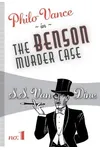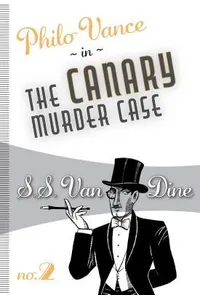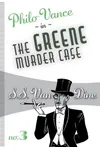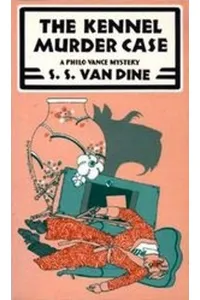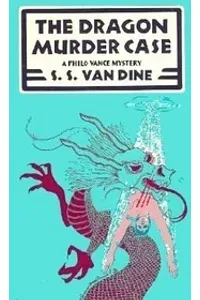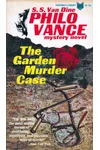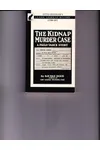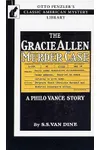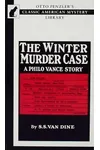Step into the glamorous, puzzle-packed world of the Philo Vance Murder Cases, where a dapper detective unravels New York’s darkest mysteries with wit and intellect! Written by S.S. Van Dine, the pseudonym of art critic Willard Huntington Wright, this 1920s and 1930s series follows the stylish Philo Vance, an aristocratic sleuth whose psychological insight and cultural flair make him a golden age detective icon. With 12 novels brimming with clever crimes and high-society intrigue, it’s a must-read for mystery lovers craving a taste of vintage suspense.
Picture 1920s Manhattan: jazz in the air, speakeasies buzzing, and Philo Vance, monocle in place, solving murders that stump the police. His blend of snobbish charm and razor-sharp deduction hooked readers, making the series a bestseller and a cultural sensation, spawning films and radio shows. Ready to dive into this dazzling detective saga? Let’s explore its origins, stories, and lasting allure!
How Philo Vance Murder Cases Began
Willard Huntington Wright, a highbrow art critic, never imagined he’d become a detective fiction star. Bedridden in the early 1920s due to health issues, Wright devoured mystery novels to pass the time. Inspired, he crafted Philo Vance, a sophisticated sleuth, under the pen name S.S. Van Dine to shield his literary reputation. His first novel, The Benson Murder Case (1926), was a hit, launching a series that kept publisher Scribner’s afloat during the Great Depression. Wright’s knack for intellectual puzzles and his alter ego, Van Dine, as Vance’s chronicler, gave the series a unique, immersive voice.
The Heart of Philo Vance Murder Cases
The series shines through its intricate plots and vivid New York settings. The Benson Murder Case kicks things off with Vance probing a stockbroker’s murder, using psychology to outwit a cunning killer. The Canary Murder Case (1927) dives into the showbiz world, unraveling a starlet’s death with a poker game as a clever clue. The Greene Murder Case (1928) tackles a wealthy family’s deadly secrets, while The Kennel Murder Case (1933) blends art and deception in a locked-room mystery. Each novel, titled “The [Six-Letter] Murder Case” (except The Gracie Allen Murder Case), delivers a satisfying brain-teaser.
Vance’s method sets the series apart: he prioritizes suspects’ personalities over physical clues, believing only certain minds are capable of murder. This psychological approach, paired with lush descriptions of Manhattan’s elite, creates a distinctive style. Themes of class, intellect, and deception weave through the stories, reflecting the era’s fascination with wealth and wit. While some critics found Vance’s erudite demeanor aloof, fans adored his flamboyant charm and the series’ puzzle-like structure, a hallmark of golden age detective fiction.
Why Philo Vance Murder Cases Resonates
At its peak, Philo Vance was a household name, rivaling Sherlock Holmes. The series shaped the detective genre, influencing writers like Ellery Queen with its cerebral sleuth and intricate plots. Its 15 film adaptations, starring icons like William Powell, and radio dramas cemented its cultural footprint, though Vance’s foppish persona drew jabs from hardboiled fans like Raymond Chandler. Today, the series’ vintage glamour and clever mysteries still captivate readers seeking a nostalgic escape. Its decline in popularity reflects shifting tastes toward grittier crime tales, yet its niche status adds to its charm for mystery enthusiasts.
- Publication Years: 1926–1939
- Number of Books: 12
- Key Adaptations: 15 films (1929–1947), radio series
- Notable Author Fact: S.S. Van Dine wrote the “Twenty Rules for Writing Detective Stories”
Grab The Benson Murder Case and dive into Philo Vance’s dazzling world of 1920s New York intrigue! Whether you’re a mystery buff or a newcomer, this series promises clever clues, stylish flair, and a thrilling ride through a bygone era.
